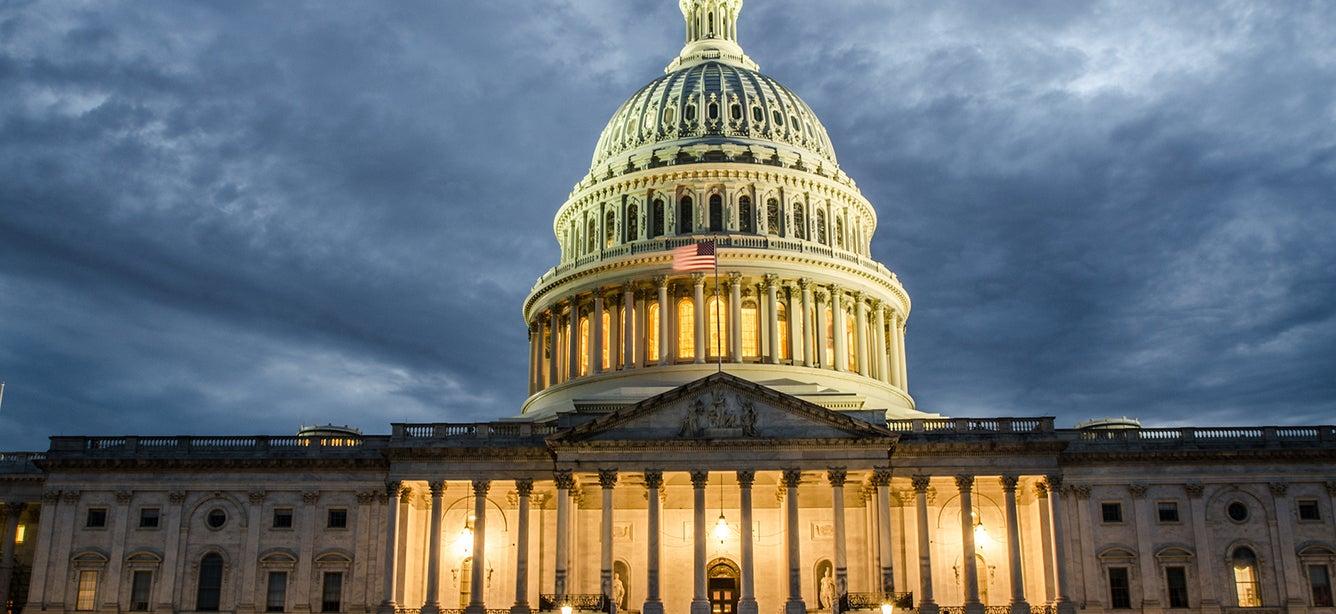
As of June 30, the House Committee on Appropriations approved bills to provide federal discretionary funding for the upcoming fiscal year 2023 (FY23), which begins on October 1.
What’s included in the FY23 legislative package and how it impacts older adults
Increases are proposed for many of the aging services programs and agencies that older adults and the organizations who serve them rely upon. You can view the funding amounts in our annual table.
Some notable highlights:
Falls Prevention
One in four Americans age 65 and older falls each year. Falls are the leading cause of fatal injury and the most common cause of nonfatal trauma-related hospital admissions among older adults. The annual cost of falls injuries to federal programs like Medicare and Medicaid, and to older adults themselves is currently $50 billion. Yet federal investments in proven, cost-effective strategies to prevent falls are small in comparison, and have remained static for many years.
NCOA praised House appropriators, particularly the leadership of Rep. Lois Frankel (D-FL), for securing the following proposed investments in the pending House FY23 Labor, Health and Human Services Education, and Related Agencies bill:
- Doubling funding to $10 million for the Administration for Community Living’s falls prevention competitive grants, which support the efforts of community organizations to foster innovation, expand reach through partnerships, and target underserved populations with evidence-based falls prevention programs.
- Investing $1 million in the Interagency Coordinating Committee on Healthy Aging and Age Friendly Communities, to enable coordination of federal programs and benefits that empower older adults to remain independent in their own homes and communities.
- Launching the newly authorized Research, Demonstration, and Evaluation Center with first-time funding of $10 million to improve the identification, evaluation, and dissemination of innovative, proven Older Americans Act (OAA) strategies and services to foster older Americans’ health and independence.
- Doubling funding to just over $4 million for Centers for Disease Control and Prevention elderly falls initiatives, to expand their research and data related to fall risks, prevalence, costs, and proven interventions, with a focus on effective clinical interventions and dissemination of clinical tools and resources to help health care providers conduct falls prevention.
Other Aging Services
- OAA Programs:
- Supportive Services and Senior Centers: $450 million (up $51.4 million)
- Nutrition Programs: $1.26 billion (up $293.3 million)
- Health Promotion and Disease Prevention: $27.5 million (up $2.7 million)
- National Family Caregiver Support Program (NFCSP): $230 million (up $36.1 million)
- Senior Community Service Employment Program (SCSEP): $450 million (up $45 million)
- Medicare State Health Insurance Assistance Program (SHIP): $58.1 million (up $5 million)
- Low-Income Home Energy Assistance Program (LIHEAP): $4 billion (up $199.7 million)
- AmeriCorps Seniors (formerly Senior Corps): $245.1 million (up $14.3 million)
- Long-Term Care Ombudsman Program (LTCOP): $36.8 million (up $17 million)
- Elder Rights Support Activities: $100 million total (up $81.1 million), including $80 million for Adult Protective Services (APS)
- Social Security Administration administrative expenses: $12.5 billion (up $1 billion)
Notable Health Investments & Policy
- Mental and Behavioral Health: Substance Use And Mental Health Services Administration (SAMHSA): $9.2 billion (up $2.6 billion), including:
- Mental Health: $3.8 billion (up $1.7 billion), which includes a $500 million increase to the Mental Health Block Grant (MHBG), an $85 million increase for Certified Community Behavioral Health Clinics, and a $50 million increase for Primary and Behavioral Health Care Integration
- Suicide and behavioral health crisis prevention: $747 million for 988 and Behavioral Health Crisis Services (up $640 million)
- Substance use services: $4.8 billion (up $871 million) for opioid prevention and treatment, recovery, and tribal-focused treatment efforts
- Substance use prevention services: $248.4 million (up $30.2 million)
- Medicare policy: the Committee advanced report language calling Centers for Medicare & Medicaid Services (CMS) for action related behavioral and mental health services and coverage of obesity treatment:
- Include report in the FY23 budget request on “the scope of Medicare coverage of behavioral health services for outpatient behavioral and mental health services” to address access to “community-based behavioral health services for individuals in crisis”
- Strengthen enforcement of the 2022 Mental Health Parity and Addiction Equity Act (MHPAEA) by stepping up determinations of non-compliance making public the findings related violations of the Act
- Consistent with the Administration’s priorities, and as a matter of health equity and key to reducing modifiable risk factors for cancer and Alzheimer’s disease, CMS is urged “to ensure that seniors have access to obesity treatments under Medicare Part D to complement coverage of intensive behavioral therapy and bariatric surgery under Medicare Part B.”
NCOA has been advocating for these policies in conjunction with other members of the National Coalition on Mental Health and Aging and the Obesity Care Advocacy Network (OCAN). Learn more in the Leadership Council of Aging Organizations (LCAO) letter on mental health policy related to older adults, and the statement from NCOA’s President and CEO Ramsey Alwin about the critical need for the full range of obesity treatment for all older adults.
What’s next for FY23 appropriations?
The FY23 appropriations process is only about halfway complete. The bills approved by the House Committee in June still need to be debated and approved by the full House, and the Senate Committee still needs to release its proposals and move them through that chamber before a final compromise can be negotiated.
Similar to last year, despite the sizable investments the House bills and the Administration’s calls for FY23 increases for a number of aging services, the House-proposed levels are largely the high-water mark.
As in recent years, expect that a continuing resolution (CR) will need to be passed before the start of the new fiscal year on October 1 to keep the government open and running with level funding. The November elections for all members of Congress and a third of the Senate, and the retirement of Senate Appropriations leaders, will have a significant influence on whether appropriations (and any associated increases) are finalized this year or whether a CR provides simply the status quo.
What you can do: How to help ensure aging services programs get the funding they need to support older adults
Visit NCOA's Action Center to tell your members of Congress why certain programs are important to your community and why increased support is needed. Use our forms to email your Representatives and Senators about needed investments in aging services, including specific requests for falls prevention, Chronic Disease Self-Management Education, SCSEP, and Medicare SHIP.
When your elected officials are back home during the August recess, use NCOA advocacy basics tips and tools, including our 'effective advocacy at home' resources to take advantage of any in-person opportunities to urge investment in the services and benefits older adults rely upon.




